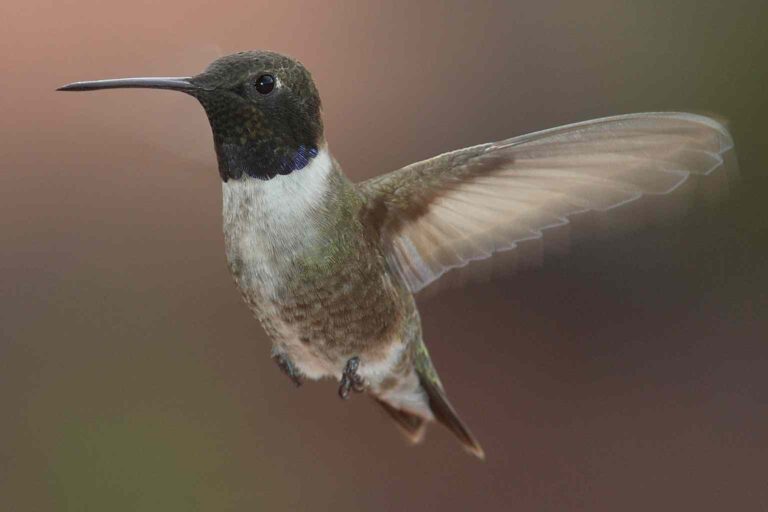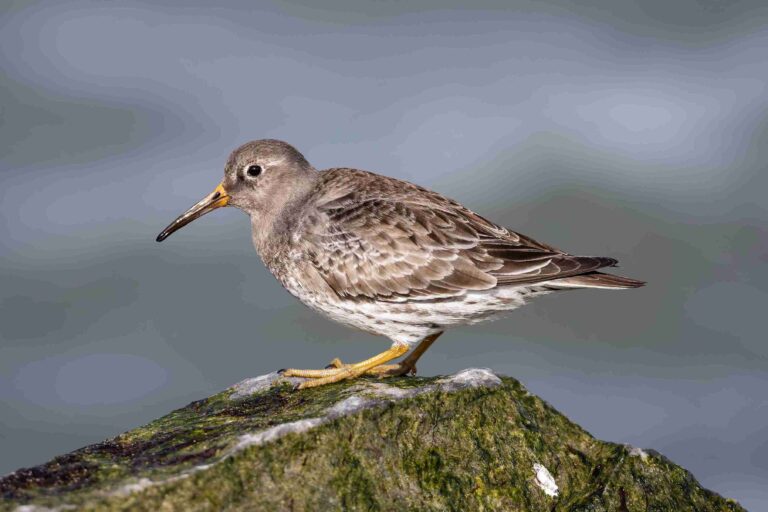Albino Peacocks: Everything You Need To Know
Have you ever wondered why the Albino Peacocks look is so captivating? These white peafowl are symbols of elegance and rarity. They are often wanted for their unique looks. Their lack of color makes them stand out, creating a mesmerizing effect.
As you learn more about these rare birds, you’ll find out about leucism and why they’re popular at big events. Let’s dive into why these beautiful birds have won so many hearts.
Here are some fun facts about albino peacocks:
- Rare and Stunning: Albino peacocks are incredibly rare. Their all-white feathers lack the usual vibrant colors due to a genetic condition that prevents pigment production.
- Not True Albinos: Many “albino” peacocks aren’t true albinos but rather leucistic. This means they have reduced pigmentation, but are not completely absent.
- Majestic Display: Like their colorful counterparts, albino peacocks can fan out their tail feathers in a magnificent display. Their white feathers create a stunning, almost ghostly appearance.
- Symbol of Purity: In various cultures, albino peacocks symbolize purity, beauty, and new beginnings due to their pristine appearance.
- Unique Identification: Despite their lack of color, each albino peacock’s tail feathers have a unique pattern, much like a fingerprint!
Introduction to the Enchanting World of Peafowl
Peafowl includes peacocks and peahens. They are among nature’s most striking birds. Their feathers show off bright colors and detailed patterns. These patterns grab our attention and spark our imagination.
Peacocks are famous for spreading their bright tail feathers to find a mate. This act shows off their beauty and their part in bird courtship. It’s a key part of their role in the bird world.
Peahens may not be as flashy as peacocks, but they are just as beautiful in their own way. They have feathers that are less bright but still very pretty. Learning about different peafowl shows us how unique they are.
This lets us see how interesting their behavior and homes are. It makes us want to learn more about these amazing birds.

Understanding the Unique Appeal of the Albino Peacock
The albino peacocks have a beauty that is hard to ignore. Its white feathers come from leucism, making it stand out. This bird’s look is both elegant and alluring, drawing people in.
White peafowl means a lot in many cultures. They symbolize purity and peace. They are seen as symbols of spiritual rebirth too.
At weddings, they add a touch of beauty and peace. Imagine seeing them walk by, adding luxury to the scene.
Photographers love the albino peacock for its beauty. It makes wedding photos look special. Every photo shows a grand scene, thanks to these birds.
Learning about the albino peacock shows us its true beauty. It’s not just about looks. It’s about their deep meaning and cultural importance.
What Causes a Peacock to Have White Feathers?
Peacocks with white feathers catch our eye and make us curious. They are not true albinos but have leucism. This genetic condition shows how nature can be beautiful in many ways.
The Science Behind Leucism
Leucism happens when a mutation stops melanin from making feathers white. This is different from albinism, which affects all colors. Leucistic peacocks have white feathers but their eyes and skin are normal.
How Leucism Differs from Albinism
Albinos Peacocks lack all melanin, so they have red or pink eyes and light skin. Albinism is rare in Peawfol, making it interesting to study. Leucism, however, doesn’t remove all colors, letting some colors stay.
| Feature | Leucism | Albinism |
|---|---|---|
| Melanin Production | Inhibited in feathers | Completely absent |
| Eye Color | Normal color (dark) | Red or pink |
| Skin Pigmentation | Retains normal pigmentation | Very light (often pink) |
| Rarity | Commonly observed in peafowl | Exceedingly rare in peafowl |
How Rare Are White Peacocks?
Exploring the rarity of white peacocks reveals interesting facts about their genes. Leucism in peafowl is a rare genetic trait. When two leucistic peafowl have babies, there’s a good chance some will also be white. But, mixing with regular peafowl makes it harder to get white peacocks.
This means there are fewer white peacocks in the wild. The chance of getting a white chick is only one in four when mixing with colorful peafowl.
The Genetics of Leucism in Peafowl
Leucistic peafowl have a special genetic makeup that makes them stand out. This trait, along with how they mate, makes the rarity of white peacocks even more rare. So, you’re more likely to see them in zoos than in the wild.
This lets breeders pick the best pairs to increase the chance of white babies.
Breeding and Captivity of Albino Peacocks
Recently, breeding leucistic peafowl has become more popular. These birds cost a lot, from $175 to $250, showing how much people want them. This makes breeding them more interesting and can lead to more demand in the market.
Many breeders work hard to keep this special trait alive. They make sure these peacocks are around for future generations to enjoy.
Check our Previous Articles:
| Ducks in Georgia |
| Can Birds Eat Popcorn |
| Black and White Birds in the UK |
| Brahma Chickens |
| Winter Migratory Birds of Florida |
Frequently Asked Questions
Q1: How rare is an albino peacock?
True albino peacocks are extremely rare. However, most “white peacocks” are not albino but leucistic, and they are more common but still uncommon.
Q2: What is the rarest peacock color?
The rarest peacock color is generally considered to be white, particularly true albino peacocks, which are extremely rare.
Q3: What is special about a white peacock?
White peacocks are special due to their stunning pure white plumage, which results from a genetic mutation called leucism, making them a striking and unique sight.
Q4: Is a white peacock male or female?
A white peacock can be either male or female. The term “peacock” specifically refers to males, while females are called “peahens.” Both can exhibit white coloration.







